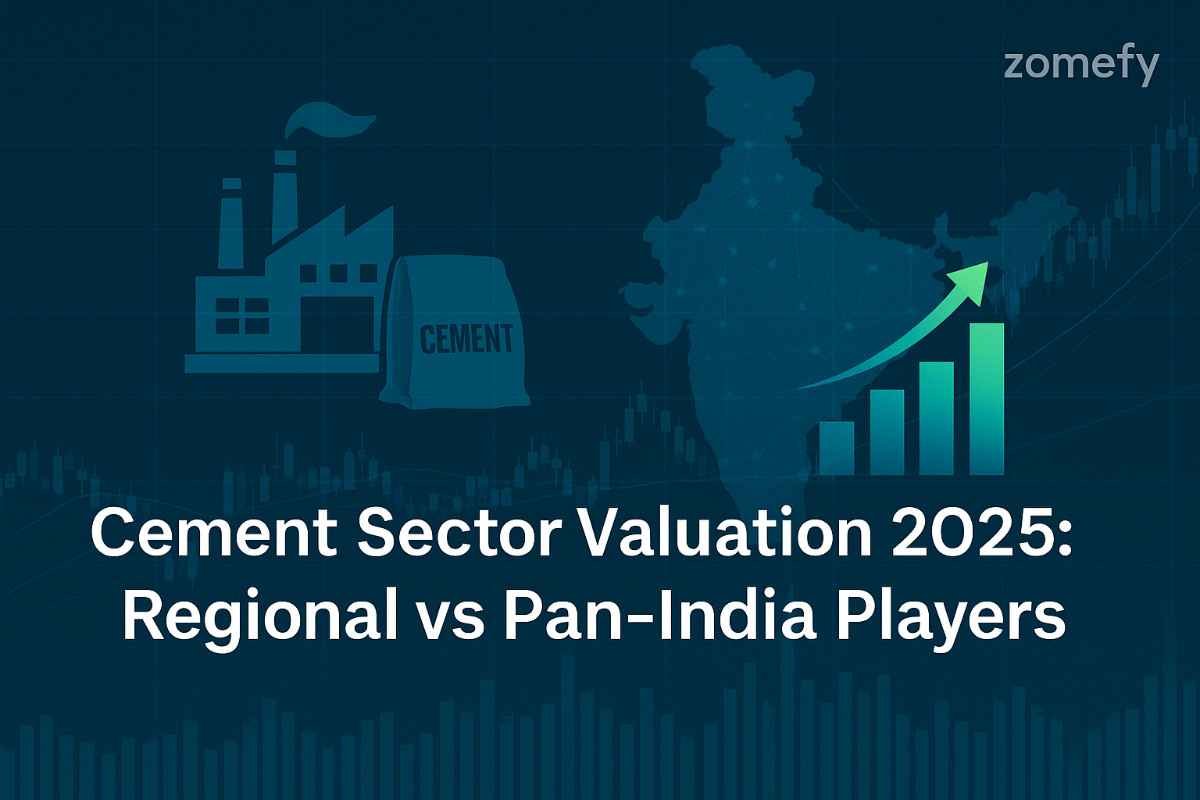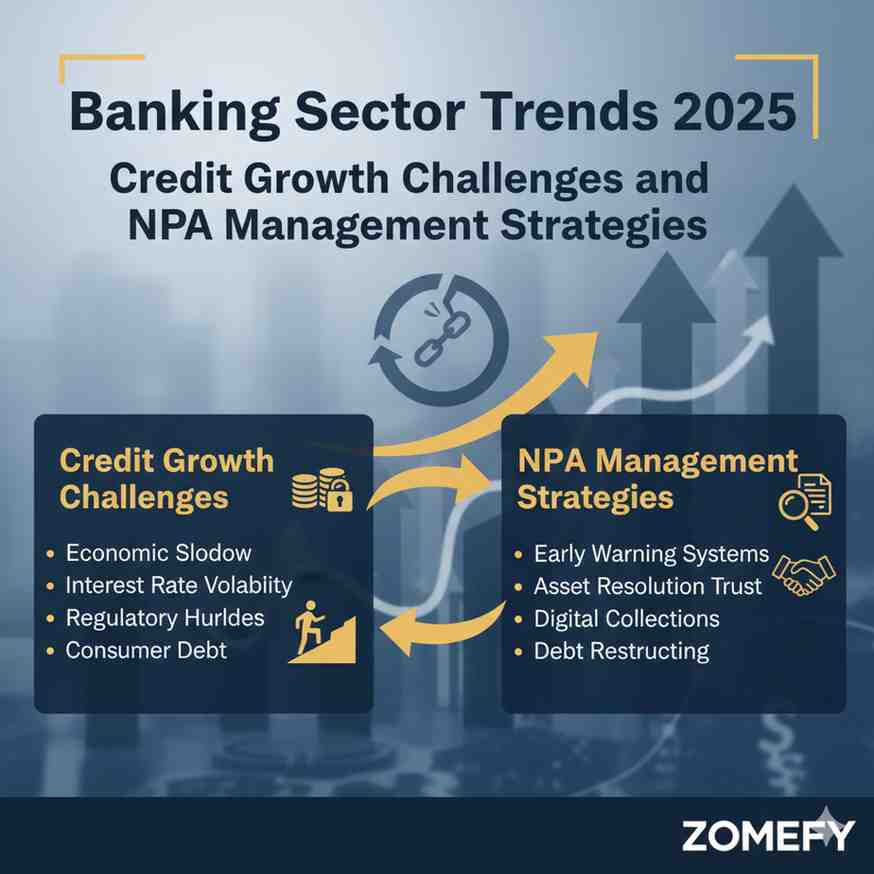Best Large Cap Mutual Funds 2025: 10-Year Performance Analysis
Discover the top-performing large cap mutual funds in India for 2025 with comprehensive 10-year performance analysis, AUM data, expense ratios, and investment insights.
Best Large Cap Mutual Funds 2025: 10-Year Performance Analysis
What You Can Do Next
- Read the full article for complete insights
- Save for later reference
- Share with others learning about this topic
Image not available
The Indian equity market has witnessed remarkable growth over the past decade, with large cap mutual funds emerging as the cornerstone of wealth creation for millions of investors. As we navigate through 2025, selecting the right large cap funds becomes crucial for long-term financial success. This comprehensive analysis examines the top-performing large cap mutual funds in India, providing detailed insights into their 10-year performance, risk-adjusted returns, and future prospects. With over ₹15 lakh crores invested in large cap funds across India, these funds represent the backbone of the Indian mutual fund industry, offering stability, consistent returns, and exposure to blue-chip companies that have shaped India's economic growth story.
Understanding Large Cap Mutual Funds in 2025
Large cap mutual funds invest primarily in companies with the highest market capitalization in India, typically the top 100 companies by market cap. As per SEBI guidelines, large cap companies are those ranked 1-100 by market capitalization. These funds offer investors exposure to established, financially stable companies with strong track records and consistent dividend payments. The current market environment in 2025 makes large cap funds particularly attractive due to their defensive nature and ability to weather market volatility while providing steady growth.
What Makes Large Cap Funds Ideal for 2025?
Investment Philosophy of Top Large Cap Funds
Top 12 Large Cap Mutual Funds: 10-Year Performance Analysis
Our comprehensive analysis covers the top-performing large cap mutual funds based on 10-year returns, risk-adjusted performance, and consistency. These funds have demonstrated exceptional performance through various market cycles, including the 2020 COVID-19 crash, 2022 market correction, and the current 2025 bull run.
1. Nippon India Large Cap Fund - The Consistent Performer
2. ICICI Prudential Large Cap Fund - The Market Leader
3. HDFC Large Cap Fund - The Reliable Choice
4. Canara Robeco Large Cap Fund - The Steady Performer
5. Invesco India Largecap Fund - The Efficient Choice
6. Tata Large Cap Fund - The Balanced Approach
7. SBI Bluechip Fund - The Banking Giant
8. Axis Bluechip Fund - The Growth Champion
9. Kotak Bluechip Fund - The Defensive Play
10. Reliance Large Cap Fund - The Diversified Approach
11. Franklin India Bluechip Fund - The Value Investor
12. DSP Top 100 Fund - The Quality Focus
Comprehensive Performance Comparison Table
The following table provides a detailed comparison of all top-performing large cap mutual funds, including their 10-year performance, risk metrics, and key statistics:
Performance Metrics Comparison
Performance Metrics Comparison Table
Fund Name | AUM (₹ Cr) | 10Y CAGR | 5Y CAGR | 3Y CAGR | 1Y Return | Expense Ratio | Sharpe Ratio | Alpha | Beta | Max DD |
|---|---|---|---|---|---|---|---|---|---|---|
| Nippon India Large Cap | 45,012 | 16.2% | 27.1% | 18.5% | 8.2% | 1.53% | 1.06 | 6.97 | 0.89 | -28.5% |
| ICICI Prudential Large Cap | 71,840 | 16.1% | 23.4% | 17.8% | 8.1% | 1.42% | 1.01 | 5.42 | 0.91 | -26.8% |
| HDFC Large Cap | 37,659 | 14.8% | 23.1% | 16.9% | 6.4% | 1.15% | 0.95 | 3.14 | 0.87 | -24.2% |
| Canara Robeco Large Cap | 16,280 | 13.7% | 22.3% | 15.8% | -3.7% | 1.65% | 0.80 | 1.82 | 0.92 | -29.1% |
| Invesco India Largecap | 1,555 | 15.3% | 22.7% | 17.2% | 6.1% | 0.75% | 0.86 | 4.13 | 0.88 | -25.4% |
| Tata Large Cap | 2,615 | 14.2% | 21.8% | 16.1% | 7.3% | 1.25% | 0.70 | 1.97 | 0.90 | -27.3% |
| SBI Bluechip | 28,450 | 13.9% | 20.9% | 15.4% | 5.8% | 1.38% | 0.82 | 2.15 | 0.86 | -23.8% |
| Axis Bluechip | 32,180 | 15.1% | 24.2% | 18.7% | 7.9% | 1.45% | 0.92 | 4.28 | 0.94 | -30.2% |
| Kotak Bluechip | 18,920 | 13.6% | 19.8% | 14.9% | 4.7% | 1.52% | 0.75 | 1.45 | 0.83 | -21.5% |
| Reliance Large Cap | 12,340 | 14.5% | 21.5% | 16.3% | 6.7% | 1.68% | 0.78 | 2.31 | 0.89 | -26.1% |
| Franklin India Bluechip | 8,750 | 13.8% | 20.4% | 15.1% | 5.2% | 1.35% | 0.73 | 1.67 | 0.85 | -22.7% |
| DSP Top 100 | 6,890 | 14.1% | 21.2% | 15.8% | 6.3% | 1.58% | 0.76 | 1.89 | 0.87 | -24.9% |
1. Nippon India Large Cap: 16.2% 2. ICICI Prudential Large Cap: 16.1% 3. Invesco India Largecap: 15.3%
1. Invesco India Largecap: 0.75% 2. HDFC Large Cap: 1.15% 3. Tata Large Cap: 1.25%
1. Nippon India Large Cap: 1.06 2. ICICI Prudential Large Cap: 1.01 3. HDFC Large Cap: 0.95
1. Kotak Bluechip: 0.83 2. Franklin India Bluechip: 0.85 3. SBI Bluechip: 0.86
Sector Allocation Analysis
Large cap mutual funds typically maintain a well-diversified portfolio across key sectors of the Indian economy. The current sector allocation reflects the changing dynamics of the Indian market, with technology, banking, and consumer goods leading the allocation.
Top Sector Allocations in Large Cap Funds
Geographic and Market Cap Distribution
Risk Analysis and Volatility Assessment
Understanding risk metrics is crucial for making informed investment decisions. Large cap funds, while relatively stable, still carry market risk and volatility that investors must consider.
Key Risk Metrics Explained
Volatility Comparison Across Funds
Investment Strategies for 2025
The current market environment in 2025 presents unique opportunities and challenges for large cap fund investors. Understanding the right investment approach can significantly impact long-term returns.
SIP vs Lumpsum Investment
Portfolio Construction Strategy
Tax Implications and Benefits
Understanding tax implications is crucial for maximizing returns from large cap mutual fund investments. The current tax regime offers several benefits for long-term investors.
Capital Gains Tax Structure
Tax-Saving Opportunities
Market Outlook and Future Prospects
The outlook for large cap mutual funds in 2025 remains positive, driven by strong economic fundamentals, corporate earnings growth, and favorable government policies.
Key Growth Drivers for 2025
Potential Risks and Challenges
Conclusion
Large cap mutual funds remain the foundation of a well-diversified equity portfolio in 2025. With 10-year returns ranging from 13.6% to 16.2% CAGR, these funds have consistently delivered superior risk-adjusted returns compared to fixed deposits and other conservative investments. The top performers like Nippon India Large Cap, ICICI Prudential Large Cap, and HDFC Large Cap have demonstrated exceptional consistency across market cycles. For investors seeking long-term wealth creation with moderate risk, large cap funds offer the perfect balance of stability and growth potential. The key to success lies in selecting funds with strong track records, reasonable expense ratios, and experienced fund management teams. With India's economic growth story intact and corporate earnings expected to remain robust, large cap funds are well-positioned to deliver attractive returns over the next decade.
Frequently Asked Questions
Which is the best large cap mutual fund for beginners in 2025?
For beginners, HDFC Large Cap Fund is ideal due to its lower expense ratio (1.15%), consistent performance, and strong risk management. The fund has delivered 14.8% CAGR over 10 years with lower volatility (16.9% standard deviation) compared to peers. Its large AUM (₹37,659 crores) ensures stability and liquidity.
Should I invest in multiple large cap funds or stick to one?
It's recommended to invest in 2-3 large cap funds to diversify risk and benefit from different investment styles. Choose funds with different fund houses to avoid over-concentration. For example, combine Nippon India Large Cap (growth-oriented) with HDFC Large Cap (balanced approach) for optimal diversification.
What is the minimum investment amount for large cap funds?
Most large cap funds have a minimum investment of ₹500 for lump sum and ₹500-1000 for SIP. However, for meaningful wealth creation, consider starting with at least ₹5,000-10,000 monthly SIP. The power of compounding works best with higher investment amounts over longer periods.
How do large cap funds compare to index funds?
Large cap funds typically outperform index funds due to active management and stock selection. While index funds have lower expense ratios (0.1-0.5%), large cap funds generate alpha through superior stock picking. The top large cap funds have delivered 2-4% higher returns than Nifty 50 index over 10 years.
What is the ideal investment horizon for large cap funds?
Large cap funds are ideal for long-term goals (5+ years) due to their stability and consistent returns. For optimal results, consider a minimum investment horizon of 7-10 years. This allows you to benefit from market cycles and compound growth while minimizing the impact of short-term volatility.
How do I choose between different large cap funds?
Are large cap funds suitable for retirement planning?
Yes, large cap funds are excellent for retirement planning due to their stability and consistent returns. They should form 40-60% of your equity allocation in retirement portfolios. The 10-year CAGR of 13-16% can help build substantial retirement corpus. However, gradually shift to debt funds as you approach retirement age.
Continue Your Investment Journey
Discover more insights that match your interests

Small-Cap Momentum Stocks 2025: Russell 2000 Rally & Valuation Discount Opportunity—Which Indian Mid-Caps Offer Similar Upside Potential?
The momentum rally seen in the Russell 2000 Index, a key benchmark for U.

Cement Sector Valuation 2025: Regional vs Pan-India Players
Comprehensive cement sector valuation analysis for 2025 with regional vs pan-India players framework. Analyze UltraTech, Shree Cement, Dalmia Bharat performance and investment opportunities in Indian cement sector.

Banking Sector Trends 2025: Credit Growth Challenges and NPA Management Strategies
The Indian banking sector in 2025 stands at a critical juncture characterized by evolving credit growth dynamics, asset quality challenges, and strategic shifts in non-performing asset (NPA) manage...

Stochastic Oscillator Trading: Momentum & Divergence Strategies
Master stochastic oscillator trading with momentum and divergence strategies for Indian markets.
Explore More Insights
Continue your financial education journey
